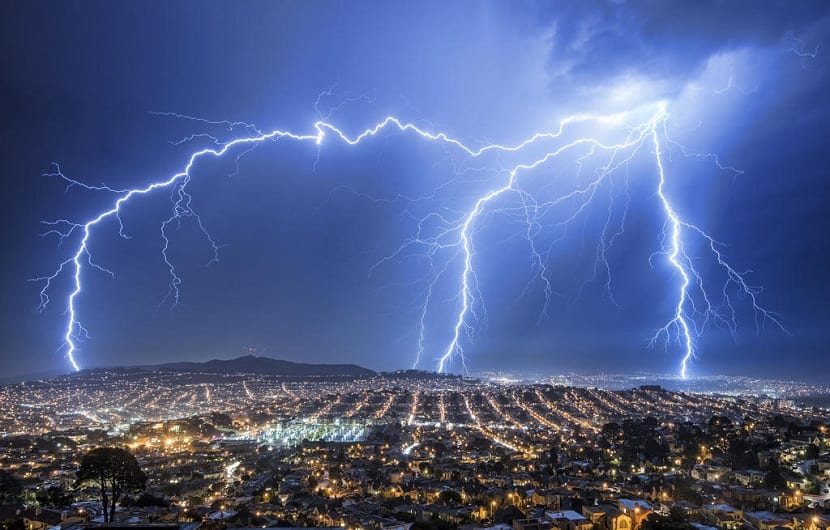
It is possible that you have ever experienced a thunderstorm but do not really know how it occurred or what its potential damages are. According to the definition in the National Oceanic and Atmospheric Administration (NOAA, for its acronym in English), a thunderstorm is one produced by a cloud type cumulonimbus and which is accompanied by lightning and thunder.
In this article we are going to explain in depth everything about thunderstorms. Do you want to know how they are formed and what damage they can cause? Keep reading and you will learn all about it 🙂
Electric storms
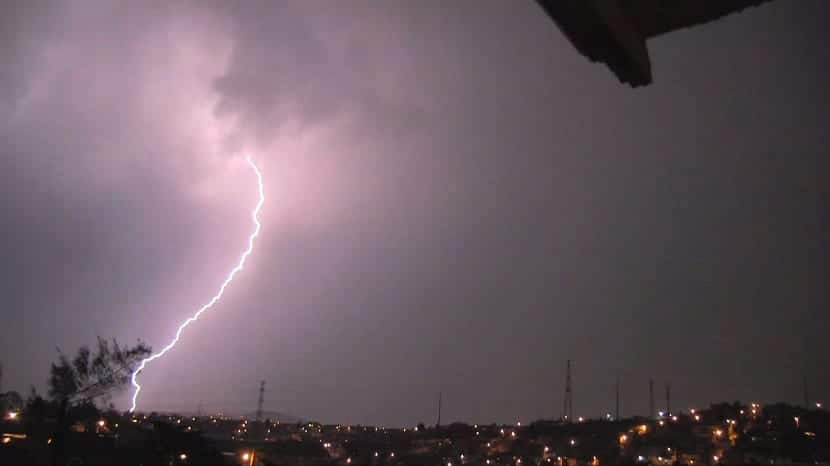
These types of storms are meteorological phenomena quite interesting and feared by much of the population. This is because it has a fairly high hazard potential and causes a lot of unpleasant noise. In general, when there is a thunderstorm it is accompanied by heavy and abundant rains. They bring with them loud but short-lived thunder. There are also those that are glimpsed throughout the sky of the city.
When a person looks closely at a thunderstorm, they can see that it is shaped like an anvil. This is because the clouds at the top are flat. And it is that electrical storms can happen anywhere in the world, as long as there are conditions of heat and humidity necessary.
On the other hand there is what is known as a severe storm. This is, a phenomenon similar to that described, but accompanied by a fall of hailstones of sizes up to one inch or greater. Further, There are gusts of winds exceeding 92,5 km / h. On some occasions you can see the production of a tornado that ends up devastating everything in its path.
These storms are more frequent in the spring and summer months when dusk arrives or during the nights.
Formation of thunderstorms
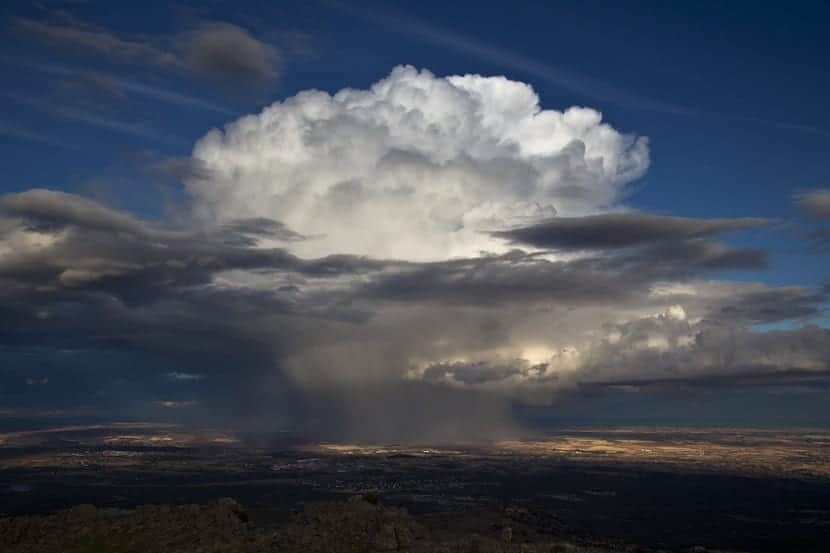
For a meteorological phenomenon of this magnitude to form, a lot of humidity is needed, an air that is upward and unstable, and a lifting mechanism that pushes the air. The process by which it is formed is as follows:
- First of all, there must be hot air that is full of water vapor.
- That hot air starts to rise, but it stays warmer than the air around you.
- As it rises, the heat it has is transferred from the surface of the earth to the highest levels of the atmosphere. The water vapor cools, condenses and that is when clouds begin to form.
- The upper part of the cloud is colder than the lower part, so the water vapor at the top turns into continuously growing chunks of ice.
- The heat inside the cloud begins to increase and even more steam is created. At the same time, cold wind blows from the top of the cloud.
- Finally, chunks of ice inside the cloud are blown up and down by the wind. The collision between the pieces is what produces the sparks that jump and create regions with great electrical charge. It is this that later appears as lightning bolts.
Types of thunderstorms
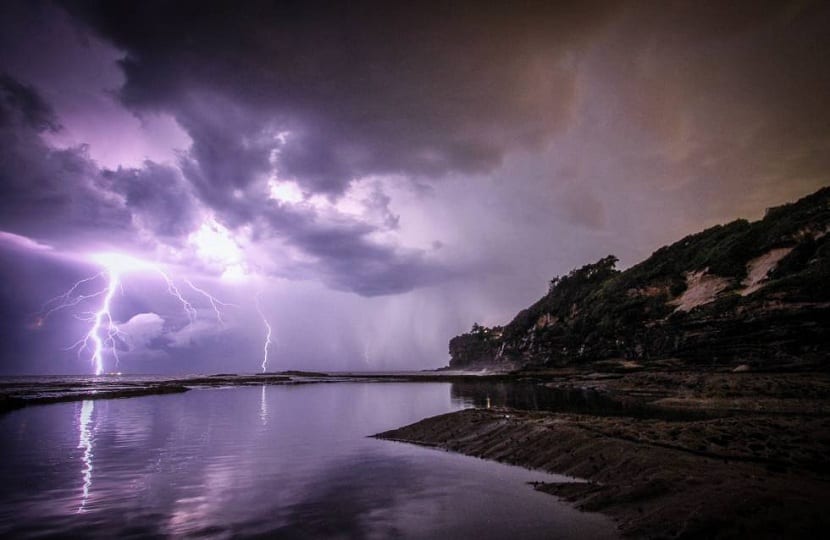
Because there is not only one type of thunderstorm. There are different types depending on their training and course. We summarize the types here:
- Simple cell. These are weak storms with a fairly short duration. They can produce heavy rains and lightning.
- Multicellular. They consist of two or more cells. It is capable of lasting several hours and can produce intense rainfall accompanied by hail, strong winds, brief tornadoes and even floods.
- Squall line. It is a solid or near solid line of active storms accompanied by heavy rain and strong gusts of wind. It is between 10 and 20 miles wide (16-32.1 kilometers).
- Arc echo. This type of thunderstorm is based on an arc-shaped curved linear radar echo. Winds develop in a straight line in the center.
- Supercell. This cell maintains a whole persistent region of updrafts. It lasts more than an hour and can precede large, violent tornadoes.
Lightning in thunderstorms
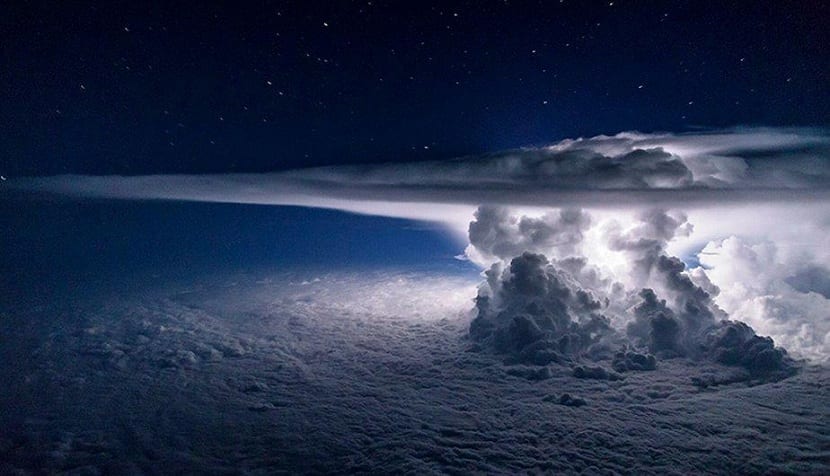
One of the phenomena that takes place during storms is lightning. Lightning strikes are nothing more than short discharges of electricity that take place inside the cloud, between cloud and cloud or from a cloud to a point on the ground. For a beam to strike the ground, it must be elevated and there must be an element that stands out from the rest.
The intensity of lightning is a thousand times higher than the current we have at home. If we are capable of being electrocuted by the discharges of a plug, imagine what lightning can do. However, there are many cases in which people who have been struck by lightning have survived. This is because the duration of the beam is very short, so its intensity is not fatal.
They are rays that are capable of propagating at about 15.000 kilometers per hour and measuring about a kilometer long. Up to five kilometers long lightning bolts have been recorded in very large storms.
On the other hand, we have thunder. Thunder is the explosion that causes electrical discharge that is capable of rumbling for a long time because of the echoes that form between the clouds, the ground and the mountains. The larger and denser the clouds, the greater the echo that occurs between them.
Because lightning travels faster because of the speed of light, we see the lightning before we hear the thunder. However, this occurs simultaneously.
Negative effects and damage caused
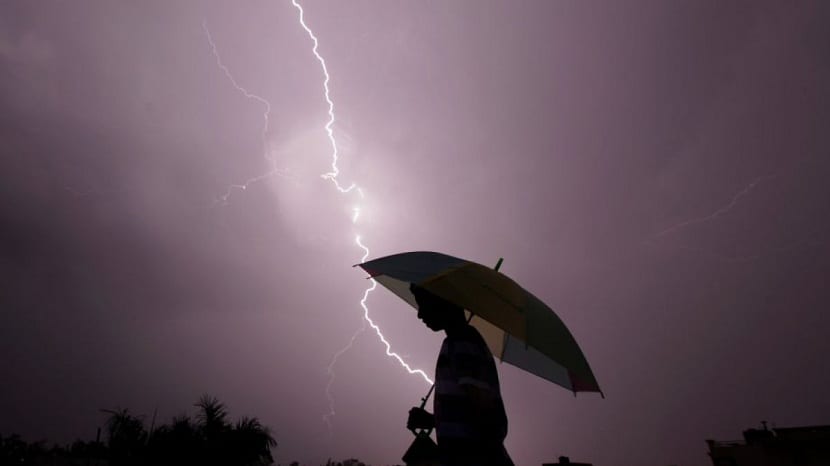
This type of meteorological phenomenon causes numerous damages. If they persist for a long time they can lead to flooding. Winds alone are capable of knocking down trees and other larger objects. On many occasions, the power supply is cut off due to damage to power lines.
When tornadoes strike, buildings can be destroyed in just a few minutes.
As you can see, electrical storms are very dangerous phenomena from which you have to take refuge.
Greetings, interesting explanation, about electrical storms, however I want to share with you that in my country Ecuador and specifically in Manabí, a coastal province, electrical storms also occur, with the particularity that in the clouds that form, there are no ice particles, if not that the moisture they contain is made up of microscopic particles of water, and that as we know when condensing they form large drops that precipitate. Possibly in the region of the Sierra of my country, electrical storms occur as well explained, because it is cold and if there are snowfalls. Thank you.